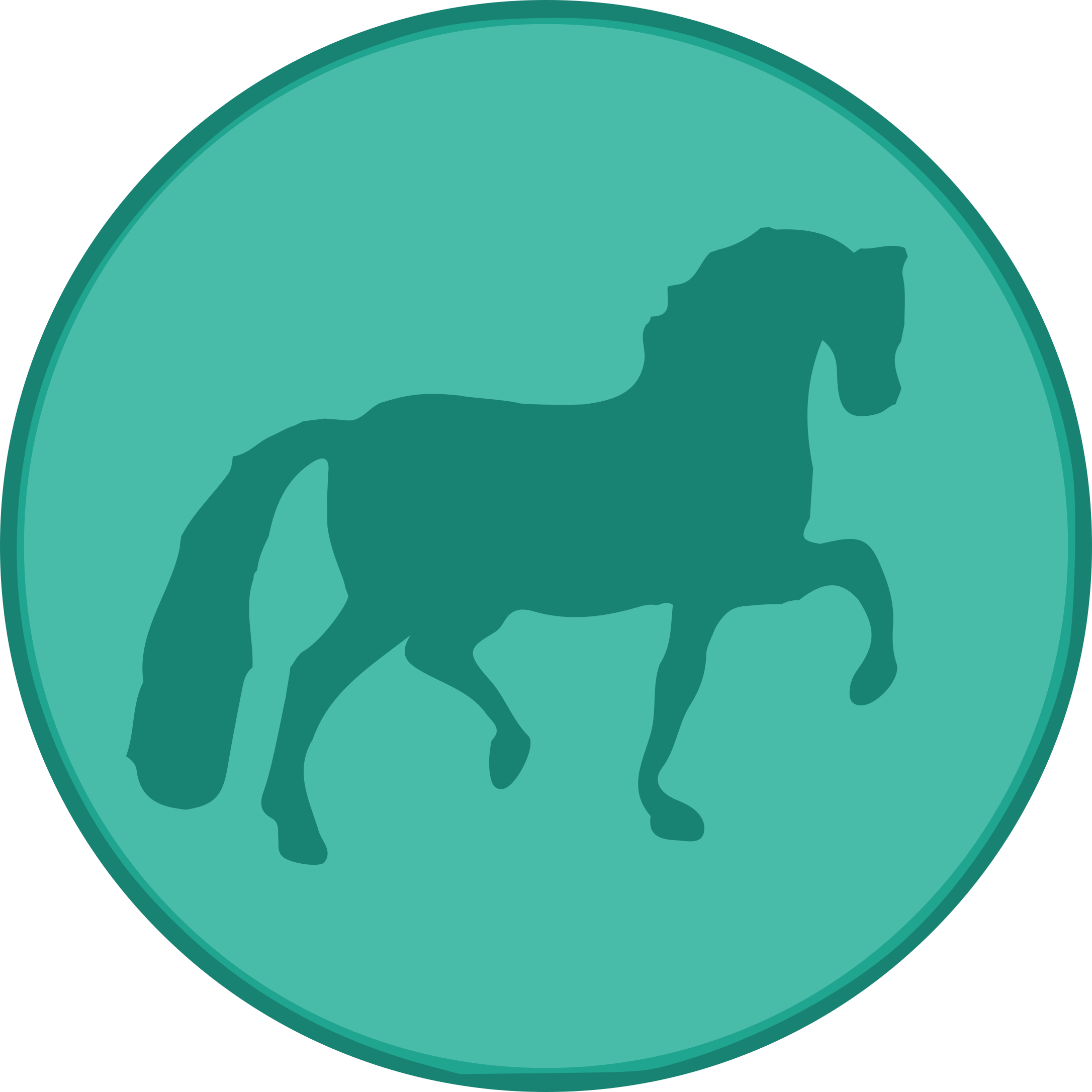Art of Natural Dressage
These articles will be extended and provided with background info. Would you like to stay informed you can subscribe here:
The Philosophy of The Art of Natural Dressage, since 2007
The core principles behind the Art of Natural Dressage (AND) is emphasising the horse’s initiative as the guiding force in both groundwork and riding. It redefines training not as a system but as a lifestyle rooted in mutual respect, freedom, and discovery.
From 2007 to 2025 around 1.000 highly experienced members discussed more than 3.000 topics in over 80.000 posts. We have captured these topics into a knowledge base and will make a programme with lessons around these topics. We will discuss the various lessons in online meetings where we also will invite experts on different topics.
Key Principles of AND
- The Horse Leads the Process
- No Pressure, No Force – The method entirely avoids pressure or coercion. Whatever the horse offers is considered the right answer in that moment.
- Initiative Unlocks Potential – When horses realise their freedom to explore, the natural ability of the horse and its movements in the wild will flourish.
- Self-Exploration and Growth – The horse begins to explore their own skills, boundaries, and expressions. They become confident, proud, and joyful individuals.
- AND encourages each horse to become their fullest, most expressive self.
View on the Horse
- Horses are seen as highly intelligent, logical, and emotional beings.
- Each training arises from the horse’s mind, making every session unique and unrepeatable.
- Because of this variability, AND is not a rigid system but a flexible, experience-based guideline.
- AND has the knowledge from Classical Dressage as a base. o.a. that riding should only be done when the horse is first trained from the ground and is able to carry a rider in a healthy way.
Philosophy on Learning from Others
- Every trainer or system may offer insights worth learning from.
- Even teachings you disagree with help clarify your own values.
- The key is to take what resonates, leave what doesn’t, and shape your own approach.
AND is not a method—it is a way of living and relating to horses based on trust, freedom, and emotional connection. The journey with your horse will be deeply personal, joyful, and full of surprises.
The summary of different topics can be found here. There are new topics added every day. Eventually we will expand thes topics into an in depth learning program. Would you like to stay updated? just leave your emailadress at the top of this page.
TOPICS
Mental and emotional Connection
- Emotional Awareness & Human-Horse Relationship
- Self-Development & Inner Growth Through Horses
- Spiritual, Intuitive & Energetic Connection
- Training Philosophy & Alternative Approaches
- Understanding the Horse’s Mind & Behaviour
- Stories & Reflections
Horse Care & Health
- Daily Horse Care & Environment
- Nutrition & Supplements
- General Health
- Dental Health
- Hoof Care
- Lameness, Movement & Musculoskeletal Issues
- Medical Issues
- Medication & Medical Treatment
- Mental Health & Stress Behavior
- Metabolic & Genetic Disorders
- Parasites & Deworming
- Skin, Coat & Allergy Management
- Other
Follow Us
Tags

Groundwork Exercises
- 1.1 A possible start – Just be with your horse
- 1.2 Introducing Food Rewards
- 1.3 Making Grass Your Friend
- 1.4 Playing: Role Play
- 1.5 Playing – Calm Games
- 1.6 Dealing with Scared Horses
- 1.7 Different Ways of Starting to Interact with Your Horse
- 1.8 Safety Measures When Playing with Horses
- 1.9 Dealing with a Pushy Horse
- 1.10 Encouraging Politeness
- 1.11 Playing: Chase the Tiger
- 1.12 Playing: Wild Games
- 1.13 Preparing for the Cordeo
- 1.14 Stimulus Control and Begging with Exercises
- 1.15 Movement and Body Language of the Human
- 1.16 Overview: Stretching Exercises for Horse and Rider
- 1.17 The Whip (and Fear of It or Any Other Object)
- 1.18 Training the Neck-Back Band
- 2.1 Backing Tail to Hand
- 2.2 Bow on One Knee
- 2.3 Jambette
- 2.4 Lie Down
- 2.5 Mountain Goat
- 2.6 Ramener, and Ramener into Movement
- 2.7 Spanish Walk and Polka
- 2.8 The Bow and the Back Crunch
- 2.9 Building Duration in Exercises
- 2.10 Merging Exercises Together: The Sandwich
- 3.1 Forwards Movement and Running
- 3.2 Lunging general
- 3.3 Lunging: A Change of Direction
- 3.4 Sideways: Stepping Under, Shoulder-in, Travers
- 3.5 Transitions Between and Within Gaits
- 3.6 Walking Positions and Their Variation
- 3.7 Racing: The Point of Point to Point
- 4.1 Courbette and Walk Courbette
- 4.2 Flying Lead Changes
- 4.3 Maintaining Regular Gaits
- 4.4 Passage and Collected Movements
- 4.6 Pesade and Levade
- 4.5 School Halt
